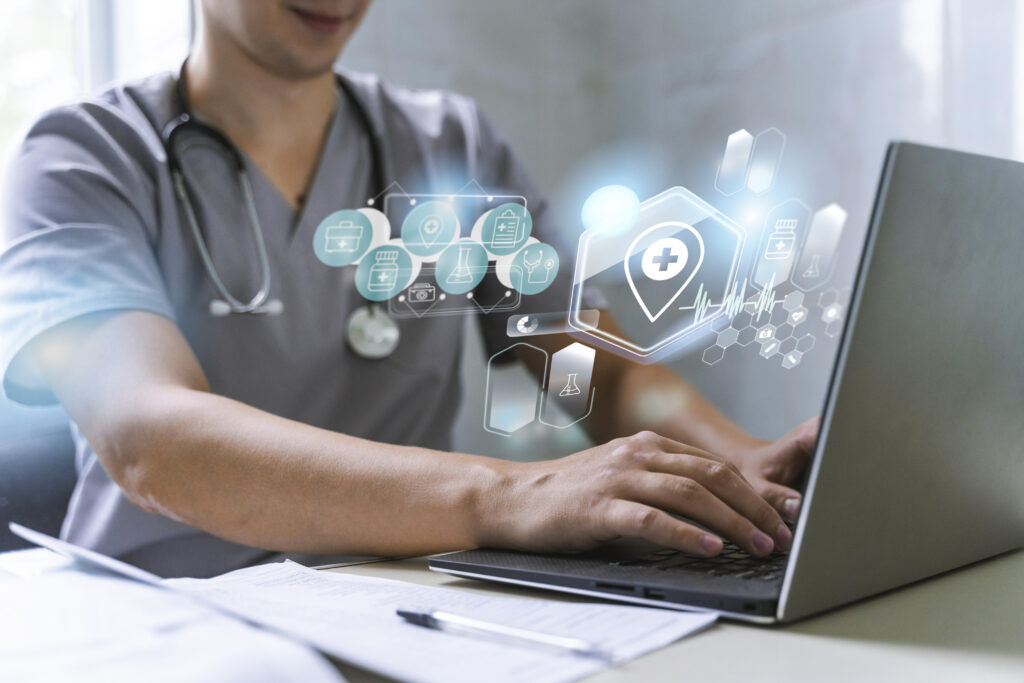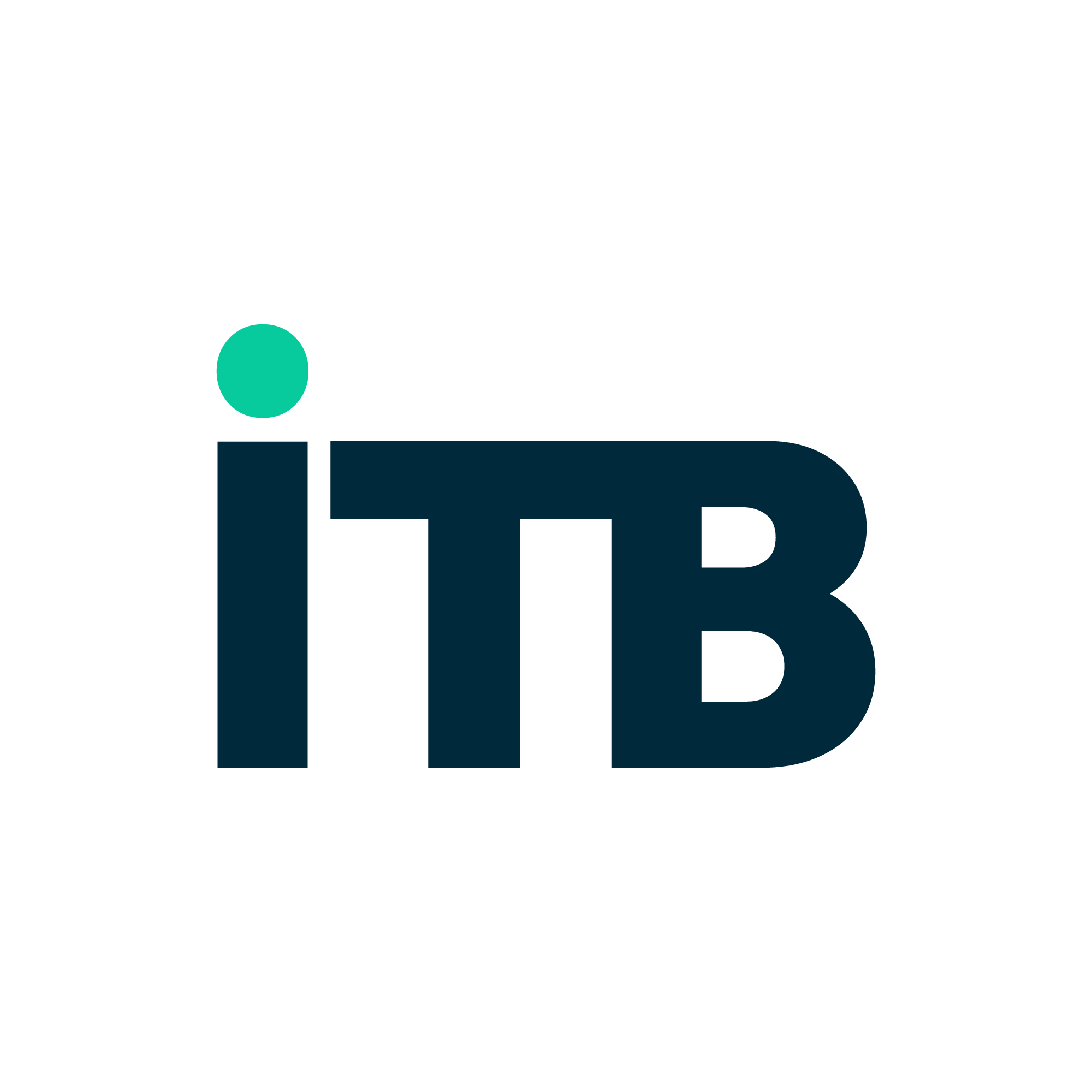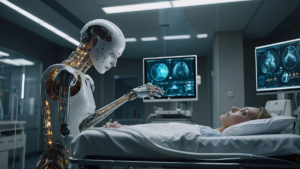The healthcare industry is undergoing a digital revolution. Information Technology (IT) is no longer just a support function—it’s becoming a core driver of better patient outcomes, operational efficiency, and overall healthcare transformation.
Smart healthcare leverages the power of advanced IT systems, automation, and data intelligence to improve how healthcare is delivered, managed, and experienced. From streamlining hospital operations to enabling personalized treatments, IT innovations are reshaping the entire healthcare ecosystem.
Here’s a closer look at how IT is enhancing both efficiency and outcomes in modern healthcare.

Smarter Data Management for Faster, Better Care
In healthcare, data is everything. From patient histories and diagnostic reports to real-time vital signs, clinicians rely on data to make critical decisions. However, traditional data management systems often cause delays, errors, and inefficiencies.
Modern IT systems solve this by:
Integrating Electronic Health Records (EHRs) across providers, enabling seamless access to complete patient information.
Automating Data Entry and Retrieval, reducing human error and administrative burden.
Using AI-Powered Analytics to highlight important trends, predict patient risks, and suggest clinical interventions.
By making patient data more accessible, reliable, and actionable, IT helps clinicians make faster, more informed decisions—ultimately leading to better patient outcomes.
Automation: Reducing Administrative Overload
Administrative tasks are a significant drain on healthcare resources. Doctors, nurses, and staff often spend more time on paperwork than on patient care.
Automation through IT is changing that:
Appointment Scheduling and Reminders: Smart systems manage bookings, cancellations, and reminders, reducing no-shows and administrative workload.
Billing and Claims Processing: Automated billing solutions handle insurance claims, coding, and reimbursements with greater speed and accuracy.
Patient Check-Ins: Digital kiosks and mobile apps streamline the check-in process, freeing staff for more critical tasks.
By automating routine processes, IT not only saves time and money but also frees up healthcare professionals to focus on what matters most—patient care.
Telemedicine and Remote Monitoring: Expanding Access
One of the most visible impacts of IT on healthcare has been the rise of telemedicine and remote patient monitoring.
Virtual Consultations: Patients can now connect with healthcare providers from anywhere, making healthcare more accessible, especially for rural or underserved communities.
Wearable Devices: Smartwatches, fitness trackers, and specialized medical devices continuously collect data on heart rates, glucose levels, blood pressure, and more, allowing real-time monitoring without hospital visits.
Chronic Disease Management: IT systems help doctors monitor and manage chronic conditions remotely, reducing hospital readmissions and improving quality of life for patients.
Telemedicine and remote monitoring enhance efficiency by reducing physical infrastructure demands while also improving outcomes through continuous, proactive care.
AI and Machine Learning: Empowering Precision Medicine
Another groundbreaking application of IT in healthcare is artificial intelligence (AI) and machine learning (ML).
Early Diagnosis: AI can analyze medical imaging and lab results faster and often more accurately than humans, detecting diseases like cancer or neurological disorders at earlier stages.
Predictive Analytics: Machine learning models forecast patient risks based on medical histories, enabling preventive interventions.
Personalized Treatment Plans: AI helps tailor treatments based on a patient’s genetic profile, lifestyle, and other unique factors, leading to more effective and personalized care.
Through AI, healthcare is becoming more predictive, personalized, and precise, dramatically improving outcomes.
Smart Hospitals: The Future of Healthcare Infrastructure
Hospitals themselves are evolving into smart hospitals—facilities that use IT and connected devices to optimize every aspect of healthcare delivery.
Features include:
IoT-Enabled Equipment that tracks inventory, usage, and maintenance needs automatically.
Real-Time Location Systems (RTLS) to monitor patient flow and optimize staff allocation.
Smart Energy Management systems that reduce operational costs without compromising care quality.
Smart hospitals are a key part of creating healthcare environments that are efficient, sustainable, and patient-centric.
Overcoming Challenges
While the promise of IT in healthcare is enormous, it’s not without challenges:
Data Security and Privacy: Protecting sensitive patient data is crucial as digital health records and remote monitoring systems become more widespread.
Interoperability Issues: Different systems and devices must work seamlessly together, which is still a work in progress for many healthcare organizations.
Training and Adoption: Staff must be trained not just to use new technologies but to trust and optimize them in clinical workflows.
Addressing these challenges will be essential to fully realize the benefits of smart healthcare.
Smart healthcare powered by IT is reshaping medicine as we know it—making care more efficient, accessible, and outcome-driven.
From automating mundane tasks and expanding telehealth services to enabling early diagnosis and personalizing treatment plans, IT innovations are helping healthcare systems do more with less—and do it better.
The future of healthcare is not just digital; it’s intelligent, interconnected, and patient-first. Organizations that invest in smart healthcare technologies today are building a foundation for healthier populations, more empowered patients, and stronger healthcare systems tomorrow.




